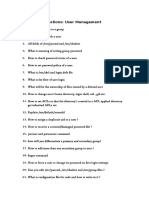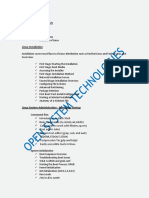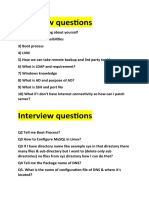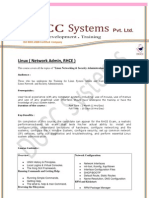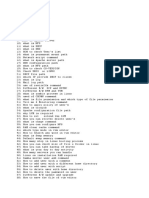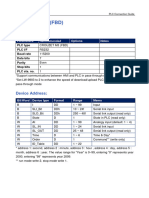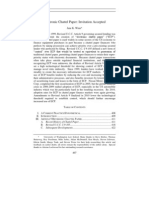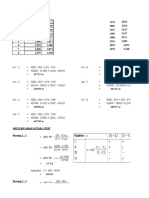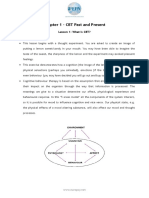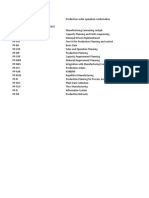0% found this document useful (0 votes)
45 views2 pagesLinux Admin Interview Questions and Answers
The document provides a series of Linux admin interview questions and their corresponding answers, covering topics such as the Linux boot process, troubleshooting slow servers, file permissions, LVM management, server security, service management, user management, performance monitoring, filesystem recovery, and task automation. Each question is answered with concise explanations and relevant commands. This resource is useful for preparing for Linux administration interviews.
Uploaded by
saranyapalanichamy15Copyright
© © All Rights Reserved
We take content rights seriously. If you suspect this is your content, claim it here.
Available Formats
Download as DOCX, PDF, TXT or read online on Scribd
0% found this document useful (0 votes)
45 views2 pagesLinux Admin Interview Questions and Answers
The document provides a series of Linux admin interview questions and their corresponding answers, covering topics such as the Linux boot process, troubleshooting slow servers, file permissions, LVM management, server security, service management, user management, performance monitoring, filesystem recovery, and task automation. Each question is answered with concise explanations and relevant commands. This resource is useful for preparing for Linux administration interviews.
Uploaded by
saranyapalanichamy15Copyright
© © All Rights Reserved
We take content rights seriously. If you suspect this is your content, claim it here.
Available Formats
Download as DOCX, PDF, TXT or read online on Scribd
/ 2





